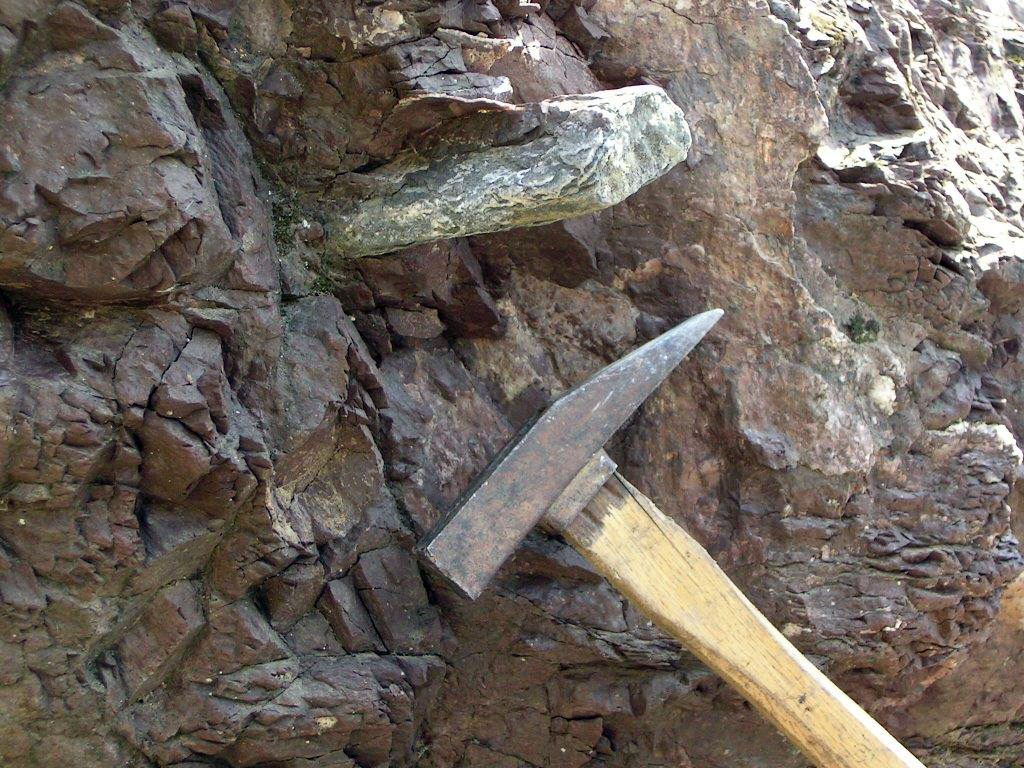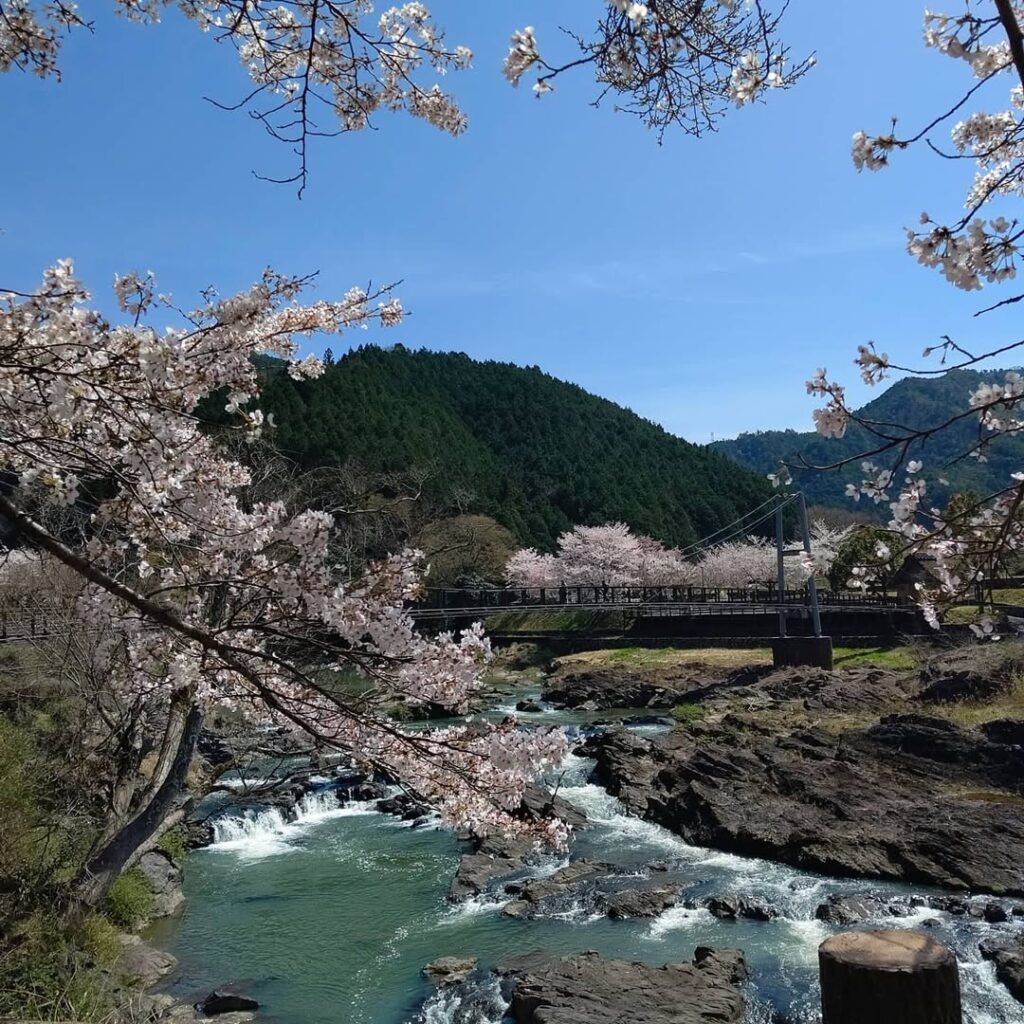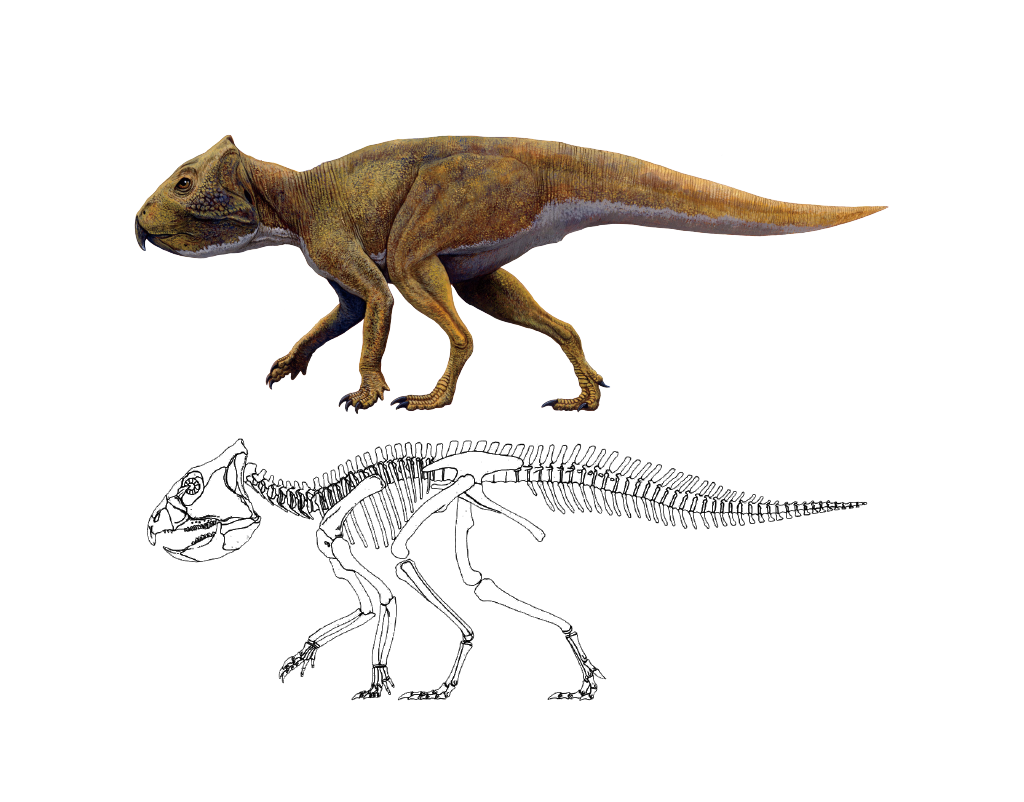Welcome to the Tamba Region Dinosaur Fossil Field Museum!
Dinosaurs Discovered Right in Our Backyard

On August 7, 2006, an extraordinary discovery was made in the Sasayama River bed—a fossil that would later be affectionately named “Tamba-ryu” (Tambatitanis amicitiae). This titanosaur, a long-necked sauropod dinosaur, was found in a place where locals had been living their everyday lives for generations.
What makes this discovery so unique compared to many famous dinosaur sites around the world—like those in the Badlands of Montana or the Gobi Desert—is its accessibility. Here in Tamba, these prehistoric treasures weren’t hidden in remote wilderness or harsh deserts, but right alongside rice paddies, traditional villages, and places where children play.

The fossil was embedded in what geologists call the “Sasayama Group,” rock layers formed approximately 110-100 million years ago during the Early Cretaceous period. This makes it roughly the same age as some of the famous dinosaur fossils found in the western United States!
An Ancestral Link to North American Dinosaurs
Since the initial discovery, the Sasayama Group has yielded a treasure trove of globally significant fossils: lizards, frogs, early mammals, dinosaur eggshells, and various dinosaur species including tyrannosaur relatives, troodontids (intelligent, bird-like dinosaurs), and ankylosaurs (armored dinosaurs).
Perhaps most exciting was the 2024 confirmation of a new genus and species of ceratopsian (horned dinosaur). At just 80 cm long, this primitive relative of Triceratops provides compelling evidence that horned dinosaurs may have originated in Asia before migrating across the Bering Land Bridge to North America, where they evolved into the larger, more elaborate forms like Triceratops that many Americans are familiar with from museum displays back home.

The Sasayama Group essentially offers a window into the evolutionary history connecting Asian and North American dinosaur populations—a fascinating international prehistoric connection!
Rock Layers Woven into Community Life
Throughout Tamba, you’ll notice exposed rock layers called “outcrops” of the Sasayama Group. These aren’t just in remote locations—they appear in temple gardens, shrine grounds, parks, and riverbanks throughout the region.

The yellow areas on this map show these outcrops. Dinosaur and other fossils have been discovered at multiple sites across this area, not just at the original Tambatitanis discovery location.
What’s particularly fascinating is how local communities have incorporated these ancient rock formations into their daily lives for centuries. Unlike in many Western countries where such sites might be cordoned off, here in Japan, these outcrops have been thoughtfully integrated into agricultural irrigation systems and even used as foundation stones for castle walls. The people of Tamba have been living alongside dinosaur-bearing rocks for generations—often without realizing it until recently!
A Museum Without Walls
The Tamba Region Dinosaur Fossil Field Museum isn’t just a single building—it’s an entire landscape. We invite you to experience not only the dinosaur fossils but also the traditional Japanese rural lifestyle that has developed on top of these ancient layers.
This “field museum” concept might be different from the natural history museums you’re familiar with back home. Here, the exhibits extend beyond building walls into the surrounding countryside, creating a unique experience where you can connect with both prehistoric life and traditional Japanese culture.
Highlights
・Museum with authentic dinosaur fossils
・Fossil excavation experience
・Full-size Tambatitanis skeleton model (approximately 33 feet long!)
・Guided tours to multiple fossil outcrops
・Traditional Japanese countryside landscapes
・Local cuisine featuring Tamba black soybeans and other regional specialties
We recommend allowing at least half a day to explore both the main museum and some of the nearby outcrop sites. For the full experience, consider staying overnight at one of our local ryokan (traditional Japanese inns) to fully immerse yourself in both the prehistoric and present-day culture of Tamba.





